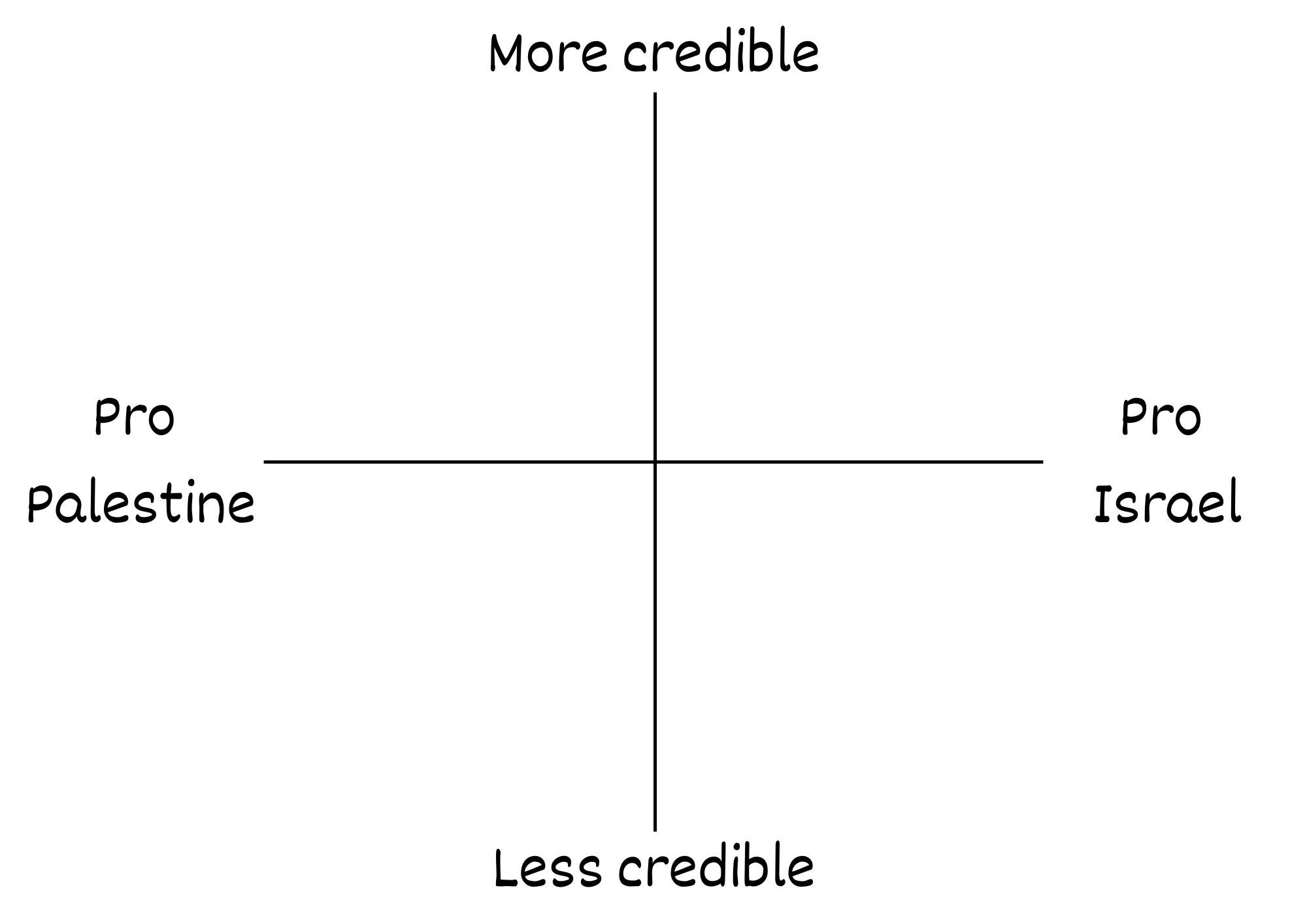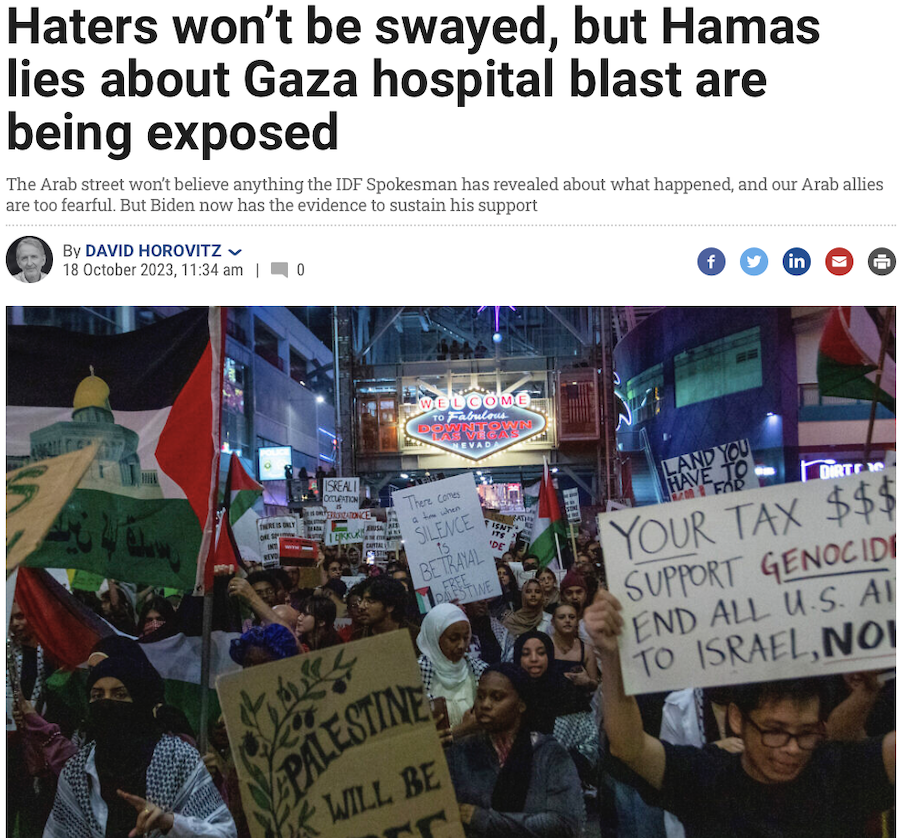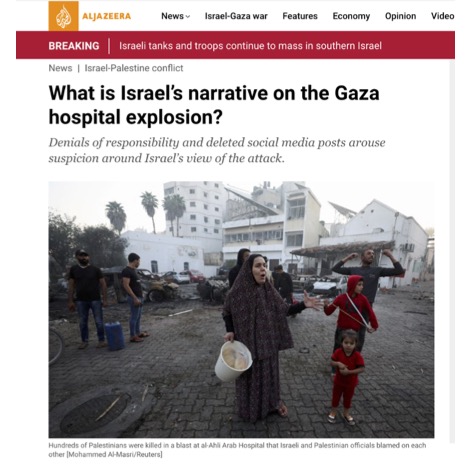How can history teachers help their students spot what’s fake and what’s fact?
When I was teaching full-time, I was often struck by how long it took pupils to realise that the source skills I was teaching them had an application to the news and current affairs they were consuming.
Perhaps it’s the stovepipe nature of the way the curriculum is organised in schools: each subject leader designs their own curriculum without reference to any other subject. This means it’s never explained to students how knowledge and skills learnt in one subject might have application outside that subject. In fact, although history teachers start teaching source analysis skills at the start of secondary school, if not before, at my school it wasn’t until students started A-level that the penny dropped that the skills were transferable. Suddenly they realised that the little mnemonics they have been learning such as ABC (author, bias, content), or TEMPT (timing, expertise, media, purpose, tone of voice) were also useful models for assessing all forms of information and especially news reporting.
I was reminded of this recently talking to a teacher from a large inner city secondary school. We were discussing the challenges of teaching the Middle East conflict. She told me about a star history student she taught who had got top grades at GCSE and was always the sharpest in terms of source analysis, but when asked, ‘Where do you go to for information and news about Israel and Palestine?’, replied ‘mainly TikTok’. The teacher had pressed her student to explain why she was satisfied with TikTok as a source of information, and in reply, the student had shrugged her shoulders, and said, ‘Well, they are all biased aren’t they?’
I guess we shouldn’t be surprised by this young person’s response – public surveys routinely show that many people distrust what is called the mainstream media and distrust experts in general. However, although it’s no longer surprising that people don’t distinguish between TikTok and the BBC, it’s still to be lamented. It’s a fundamental misapprehension of how media works, which needs to be corrected in school. In my view the best-placed teachers to do that are history teachers because they already have the skills and may already be doing it.
This lesson plan is designed to help history teachers demonstrate to students how the source skills that they have already learned can be applied to contemporary news coverage. I’ve focused on the reporting of the conflict in Israel and Palestine, because the stakes are high in terms of community cohesion and because there’s a blizzard of disinformation. The objective of the lesson is that students will better understand that some media outlets are more trustworthy than others; that media outlets and individuals hold themselves to different standards of truth telling; and that while no one media outlet has a monopoly of the truth, they are not all working on a level playing field.
Step 1
For this lesson the x-axis is ‘pro-Palestinian to pro-Israeli’ and the y-axis is ‘credible to less credible’. The x-axis is easy to explain, and students will be used to detecting obvious signs of bias. The y-axis is more difficult. I emphasise with students the importance of looking out for the authors’ motivation. I suggest they keep a couple of filtering questions in their head: does the author work for an organisation which would disapprove of factual inaccuracies and unsubstantiated claims? And would the author be reprimanded by the organisation they work for, whether that’s a TV station or newspaper if they are a journalist, or a university if they are an academic, if they were caught fabricating evidence?
Sometimes I have told them the story about the UK climate researchers at the University of East Anglia, who had discussed over email their fears that some anomalous data on temperature and tree ring readings would be used out of context by climate change deniers to undermine the scientific consensus that the Earth is getting warmer. One of the scientists removed the anomalous evidence from a response to a Freedom of Information request. The university’s emails were hacked, the ‘data suppression’ was uncovered and it was a tremendous propaganda victory for climate change deniers, because now they could prove that not only was climate change not happening, but there was a conspiracy to suppress any data which didn’t suit the climate change alarmists’ agenda. Ultimately after several enquiries the UEA climate scientists were cleared of wrongdoing but by then the damage had been done and trust in the integrity of their reporting was undermined. During the whole saga it was never made clear to the ordinary observer that the two sides – the UEA scientists and the climate change deniers – were fighting by entirely different rules. The former accepted a duty to follow the evidence in pursuit of the truth, and a duty to not manipulate evidence to make an argument and were being criticised for a perceived deviation from that standard. The latter, on the other hand, held themselves to no such standard and were happy to cherry pick data to suit their cause, which was to undermine the public’s belief that there was a scientific consensus about the impact of human activity on global temperatures.
This story seemed to help students understand that not everybody who is a source of information operates under the same set of rules and restrictions. The playing field is not level, and the y-axis on the graph above is attempting to discriminate between organisations and individuals, for whom adherence to the truth – or at least the honest pursuit of the truth – is important, and those organisations and individuals for whom it’s either not a top priority or perhaps not a priority at all.
I’m attaching a link here to similar mapping exercises we have used to chart the historiography about both Israel and Palestine and the Troubles in Northern Ireland.
Step 2
Ask students to make a list of the places they from which they get their information about the conflict in Israel and Palestine. (This will be a revealing exercise in itself, and you could turn it into a discussion about the extent to which they are making conscious decisions about their sources of information).
If the class is not very aware of the conflict you could start suggesting media outlets for them to assess and turn this step into an exploration and sorting exercise.
This list is made up of outlets without paywalls:
- BBC
- The Times of Israel
- Al Jazeera
- New York Times
- Daily News Egypt
- The Guardian
- Fox News
- Israeli Ministry of Foreign Affairs Facebook page
- Reuters
- The Electronic Intifada
- Individual Youtubers or TikTokers
- IDF press releases
Give the classes the same search term in Google e.g.: ‘Bombing of hospital in Gaza, October 17th’, add the media outlet’s name, press search and then collate results.
Here are five very different media reports which can either be analysed as screen grabs or read more fully as page links depending on how much time you have given your students.
Step 3
Working in pairs or small groups ask students to compare and contrast pairs of sources. They could start with a simple exercise – make a list of all the similarities and differences between the sources. Then more stretching questions could include:
- How does the language and tone of voice reveal the purpose of the source?
- How does the chosen image reveal the purpose of the source?
- How do the authors’ decisions on what to include and what to omit reveal the purpose of the source?
- Overall, how do the authors’ choices affect the credibility of the source?
- Has the author any obligation to try to tell the truth?
Again, working in small groups, ask the students to plot the media outlets onto the credibility and bias graph. Ask groups to share their findings and justify their choices.
Step 4
Ask students to work in pairs or small groups to reflect on how they currently receive their news. Ask them
- How confident are you that you can detect inaccurate and biased information?
- Do you think that currently you are relying too much on biased or unreliable sources?
- Are you conscious that social media algorithms have a bias to push ‘more of the same’ material into their news feed?
Finish by suggesting that if they conclude that currently the news they receive is biased or inaccurate, they try ‘following’ or ‘adding to favourites’ a couple of less biased and more credible media
Michael Davies is the Founder and Editor of Parallel Histories and taught History in a northern state school in England for eighteen years. If you have any comments or questions, please email him at michael@parallelhistories.org.uk






